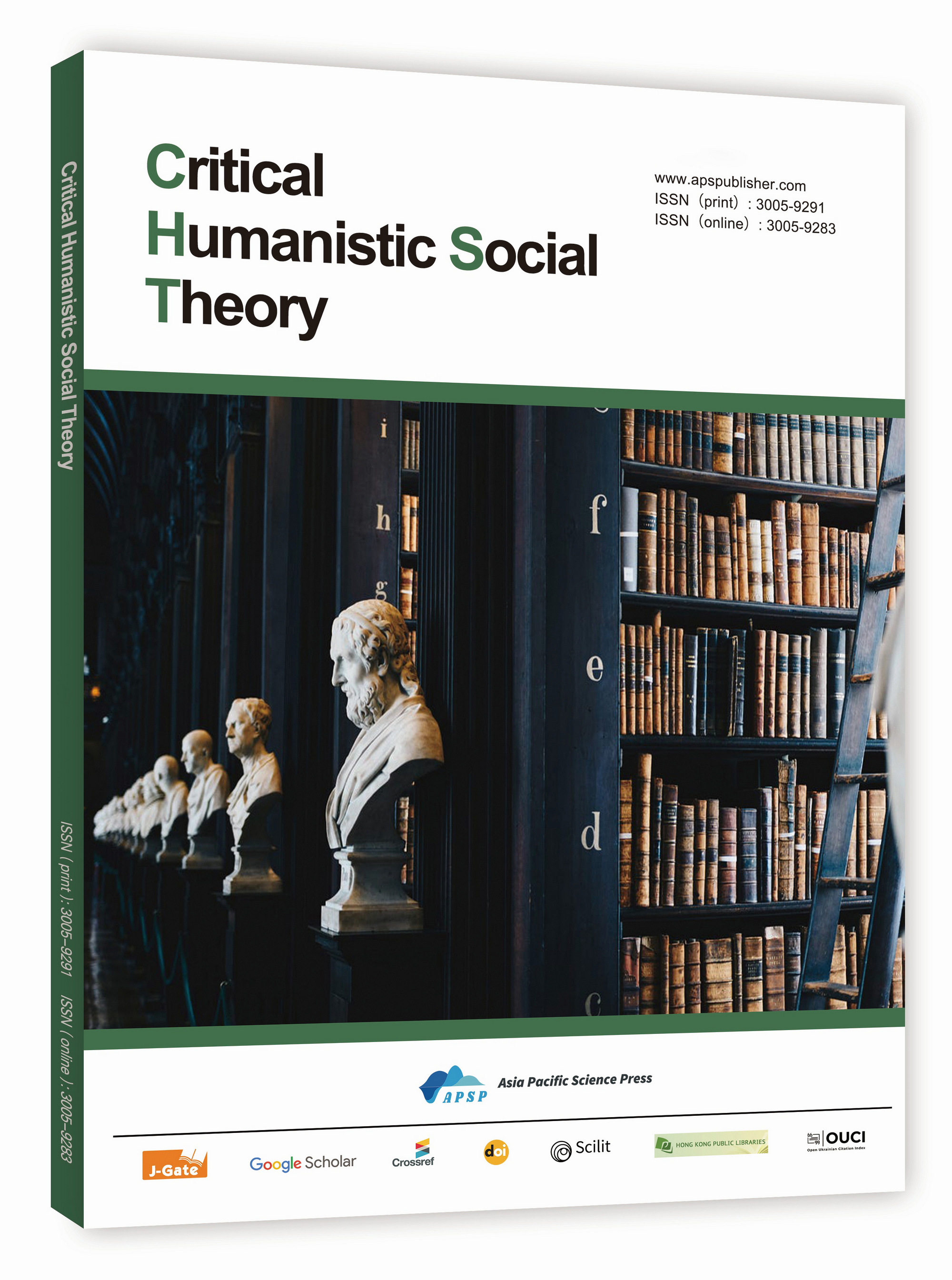Artificial Intelligence in International Immigration Management: A Comparative Legal Analysis of the United States, Canada, and the European Union
DOI:
https://doi.org/10.62177/chst.v2i2.413Keywords:
Immigration Management, Artificial Intelligence, Comparative LawAbstract
Artificial intelligence (AI) is a strategic technology that leads the future, and major developed countries worldwide regard its development as a significant strategy to enhance national competitiveness and maintain national security. Currently, the United States, Canada, and the European Union are actively exploring the application of AI in the field of immigration, gaining valuable experience. However, they also face risks and hidden dangers such as data security and technological dependency. This article conducts a comparative analysis of the practical cases and legal frameworks of AI application in international immigration management among the United States, Canada, and the EU. It delves into how these jurisdictions balance technological innovation with the protection of citizens' rights through their legal and regulatory mechanisms. The research focuses on specific instances of AI adoption in immigration services, analyzing the strengths and weaknesses of their legal frameworks, and assessing their impact on the efficiency and security of immigration management.
Downloads
References
Nalbandian, L. (2022). An eye for an 'I:' A critical assessment of artificial intelligence tools in migration and asylum management. CMS, 10, 32.
McAuliffe, M., & Triandafyllidou, A. (2021). World migration report 2022. International Organization for Migration (IOM).
Lawrence, C., Cui, I., & Ho, D. E. (2023). The bureaucratic challenge to AI governance: An empirical assessment of implementation at U.S. federal agencies. In AIES '23: Proceedings of the 2023 AAAI/ACM Conference on AI, Ethics, and Society (p. 626).
Maslej, N., Fattorini, L., Perrault, R., Parli, V., Reuel, A., Brynjolfsson, E., Etchemendy, J., Ligett, K., Lyons, T., Manyika, J., Niebles, J. C., Shoham, Y., Wald, R., & Clark, J. (2024). The AI Index 2024 annual report. AI Index Steering Committee, Institute for Human-Centered AI, Stanford University.
Chen, T. (2022). Overview of the U.S. Department of Homeland Security's artificial intelligence strategy and preliminary implementation plan. China Security and Protection, 4, 110–114.
Salo-Pöntinen, H., & Saariluoma, P. (2022). Reflections on the human role in AI policy formulations: How do national AI strategies view people? Discover Artificial Intelligence, 2, 3.
Toupin, S. (2022). Artificial intelligence as im/mobility: Preliminary thoughts on understanding the use of AI in Canada's immigration system. Journal of Labor Economics.
Administrative law and the governance of automated decision making: A critical look at Canada's directive on automated decision making. (2021). UBC Law Review, 54(1), Article 7.
Artificial intelligence (AI) at Schengen borders: Automated processing, algorithmic profiling and facial recognition in the era of techno-solutionism. (2021). European Journal of Migration and Law, 23, 457–484.
Ozkul, D. (2023). Automating immigration and asylum: The uses of new technologies in migration and asylum governance in Europe. Refugee Studies Centre, University of Oxford, 38–39.
Au-Yong Oliveira, A. (2019). Recent developments of interoperability in the EU Area of Freedom, Security and Justice: Regulations (EU) 2019/817 and 2019/818. UNIO – EU Law Journal, 5, 128–135.
U.K. Department for Science, Innovation and Technology (DSIT), & Office for AI (OAI). (2023). A pro-innovation approach to AI regulation. Journal of Labor Economics, 25.
Park, S. (2024). Bridging the global divide in AI regulation: A proposal for a contextual, coherent, and commensurable framework. Washington International Law Journal, 33, 225.
Downloads
How to Cite
Issue
Section
License
Copyright (c) 2025 Yi Peng, Yong Tang

This work is licensed under a Creative Commons Attribution-NonCommercial 4.0 International License.
















